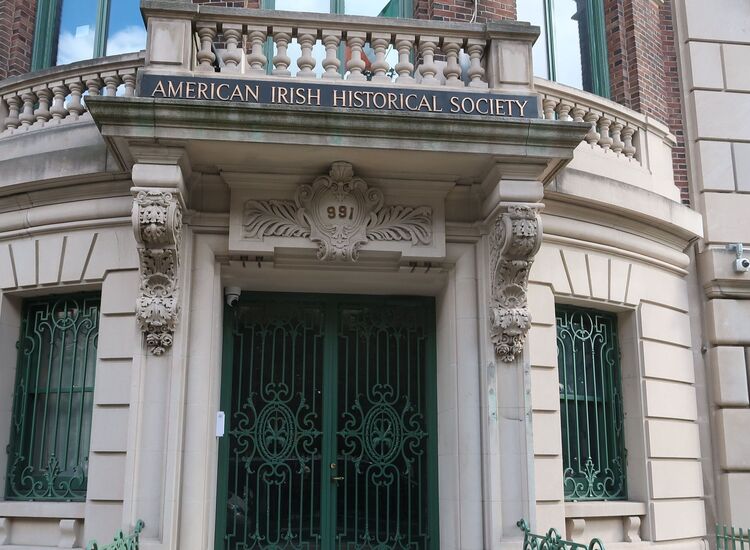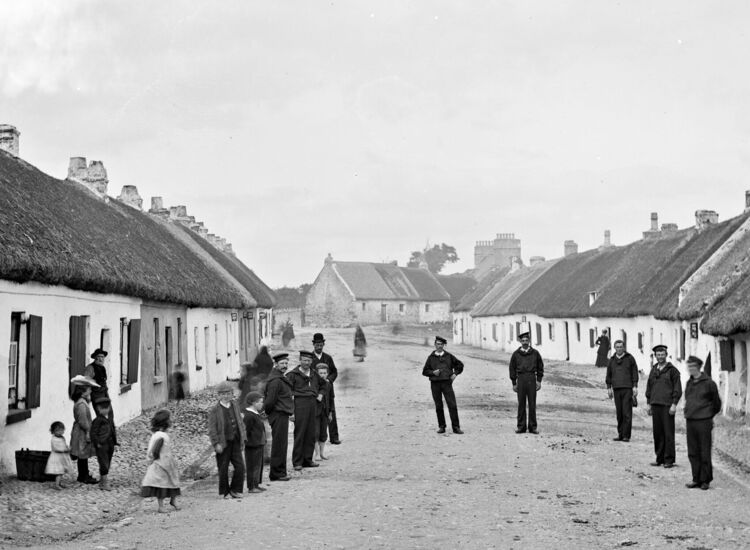Editor:
Ireland currently enjoys a relatively low corporate tax rate (12.5%) and a tax treaty with the U.S.
This has created an incentive for U.S. companies to run revenues through Ireland's tax jurisdiction, which has, in turn, resulted in Ireland getting a boost in tax revenues and a resultant healthy fiscal surplus. It's no secret that Donald Trump's new Commerce Secretary, Howard Lutnick, has his eyes on these revenues as he would like to tax them in the U.S.
While losing these tax revenues would not be a disaster for Ireland, it would nonetheless not be ideal. Over the past decade, Ireland has used its fiscal surplus to pay down its national debt, a hangover from the 2008 Global Financial Crisis, from over 100% of GDP to now approximately 50% of GDP, as well as to fund things like a €15b Irish Strategic Investment Fund.
If the Irish Treasury were to lose some portion of these "foreign tax revenues," the burden of taxation on its population would likely have to increase, and the national debt's downward trajectory would also likely reverse course. In recent weeks there have been reports of the Taoiseach establishing a working group to consider how to "protect" the Irish economy from the plans of Mr. Lutnick.
While this is a positive development, I fear that it's not enough to reverse the direction of travel. Bold, decisive action is needed now. Mr. Lutnick's boss, President Trump, has a deep affection for the entire Irish and British Isles, in particular, Scotland and Ireland, where he has invested millions of dollars in the Doonbeg, Turnberry, and Aberdeen golf properties.
Furthermore, I contend that as much as President Trump wants to "Make America Great Again" he also wants to be viewed positively by the people of Great Britain and Ireland; he wants to have a legacy as a great president and diplomat. I'd like to suggest something that could, in my opinion, be a win-win solution for both Ireland, the U.S., and the U.S. corporate sector. A new €400 million train station has recently opened in Belfast.
However, the Belfast to Dublin train service still takes approximately two hours to cover the 110 miles; a pitifully slow speed by international standards. If the two cities had a train service between them that took less than one hour, I contend that this would facilitate progress toward peace and reconciliation by increasing the level of cohesion between Northern Ireland and the Republic.
While the rail corridor currently exists, the track improvements, new rolling stock, and new stations (at Dublin Airport, Connolly Street Station) would require considerable investment; in my estimate, something in the order of €5b to €7b is required.
I suggest that the Taoiseach get on stage with President Trump at the White House St. Patrick's Day event and announce that the Irish will use some of their "windfall tax revenues" from the U.S. to fund this new train service and that all the rolling stock be manufactured in the U.S. This way, President Trump's legacy could be that of encouraging peace on our island. We could even call the new revamped service the "Trump Line."
Furthermore, I suggest that there be also an announcement that the Irish Strategic Investment Fund will invest €25b (€2.5b a year over 10 years) into U.S. Venture Capital funds. This way, a portion of the tax revenues paid by U.S. companies is recycled back into highly productive areas of the U.S. economy and not just repatriated to the U.S. Treasury.
These two moves would give President Trump two easily identifiable "wins" while likely preserving Ireland's tax revenues and additionally providing the country with a great piece of infrastructure and profitable investments.
Michael R. George, New York, NY










